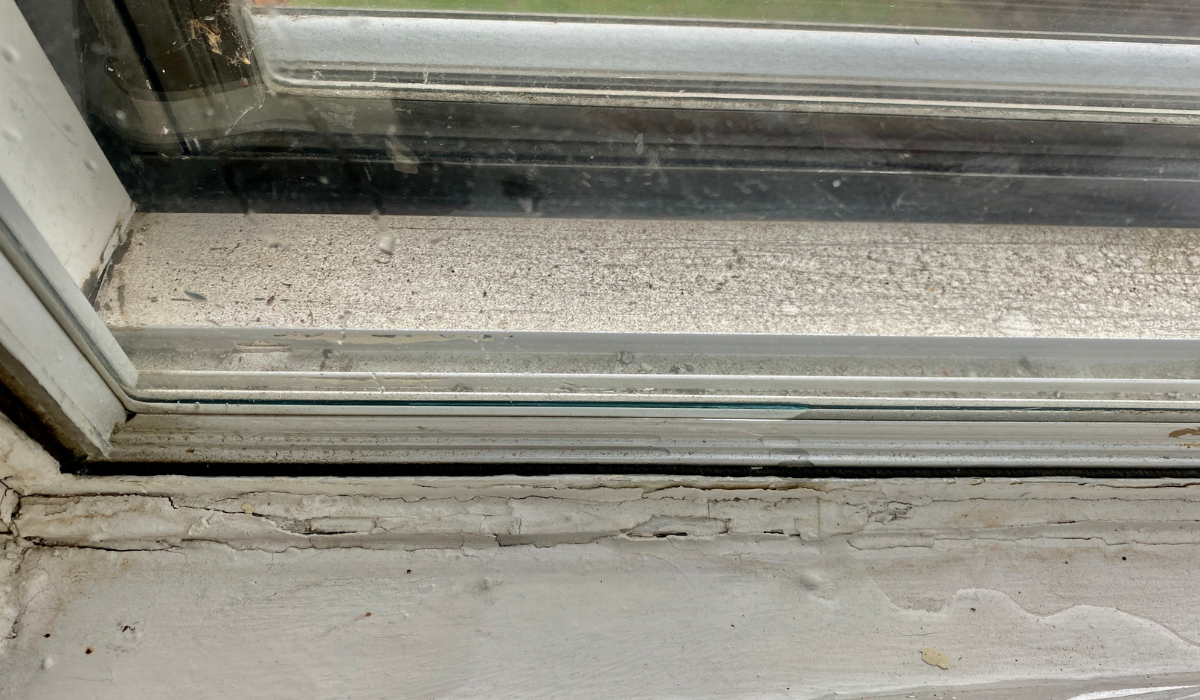
Sump Pump Care: Essential Maintenance for Optimal Performance
Maintaining your sump pump is a key responsibility for homeowners to ensure a dry and secure basement. Regular upkeep can prevent malfunctions during heavy rains or flooding. In this guide, we’ll explore the importance of maintaining a sump pump and provide a step-by-step approach to keep it in peak condition.
Understanding the Role of a Sump Pump: Safeguarding Your Basement
Before delving into maintenance, it’s essential to grasp the crucial role a sump pump plays in safeguarding your basement. Installed in a pit, the sump pump activates when water levels rise, pumping excess water away from your home’s foundation. Regular maintenance ensures this vital component remains ready to act when needed.
Monthly Checkups: A Quick and Simple Routine
Performing monthly checkups is a simple yet effective way to keep your sump pump in good condition. Start by pouring water into the sump pit to activate the pump. Ensure the float switch rises and triggers the pump to expel water. This routine check helps identify any immediate issues with the pump’s functionality.
Inspecting the Power Source: Reliable Energy Supply
A reliable power source is crucial for your sump pump to function when required. Regularly inspect the power cord for any signs of wear or damage. If your pump relies on a battery backup, check the battery’s condition and replace it as needed. A well-maintained power source ensures your sump pump is always ready for action.
Cleaning the Pump and Pit: Removing Debris
Over time, debris, dirt, and gravel can accumulate in the sump pit, potentially affecting the pump’s performance. Periodically, disconnect the sump pump and remove any debris from the pit. Clean the pump itself, paying attention to the impeller and inlet screen. This step prevents clogs and ensures smooth operation.
Testing the Check Valve: Preventing Backflow
The check valve plays a crucial role in preventing water from flowing back into the sump pit after the pump has expelled it. Test the check valve by pouring water into the pit and observing the valve’s function. A properly working check valve prevents backflow, ensuring the discharged water moves away from your home.
Examining the Discharge Line: Clearing Obstructions
Inspect the discharge line for any obstructions that could impede the flow of water away from your home. Ensure the line is free from debris, ice, or other blockages. Clear any obstacles that may hinder the water’s path, allowing for unobstructed drainage.
Checking for Unusual Sounds: Early Detection of Issues
During the monthly checkups, listen for any unusual sounds coming from the sump pump. Grinding noises or unusual vibrations could signal impending issues. Early detection allows you to address problems promptly, preventing potential malfunctions during heavy rainfall.
Inspecting the Float Switch: Ensuring Proper Operation
The float switch is a critical component that triggers the sump pump into action. Regularly inspect the float switch for proper operation. Ensure it moves freely without any obstructions. A malfunctioning float switch could lead to pump failure, making routine inspections essential.
Investing in Professional Inspections: Annual Maintenance
While regular homeowner checkups are crucial, consider investing in professional inspections annually. A qualified technician can perform a more in-depth assessment, checking for issues that may not be immediately apparent during routine checks. Professional maintenance provides added peace of mind.
Conclusion: A Dry and Secure Basement
In conclusion, maintaining your sump pump is a proactive approach to safeguarding your basement from potential water damage. By incorporating these routine checks and preventative measures, you ensure that your sump pump remains in optimal condition, ready to protect your home during heavy rains or flooding. For quality sump pump maintenance tools and accessories, visit DesigningTemptation.com and invest in the longevity of your sump pump.




